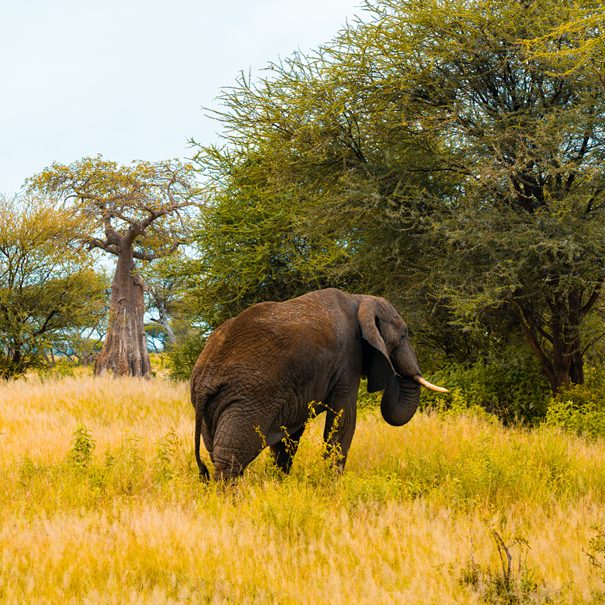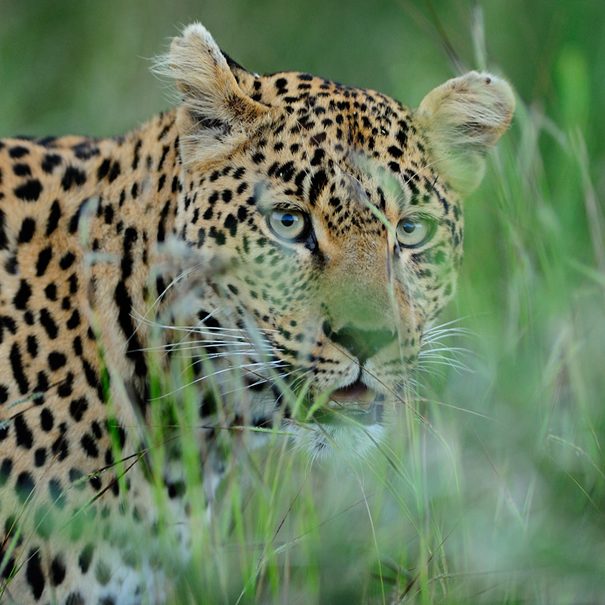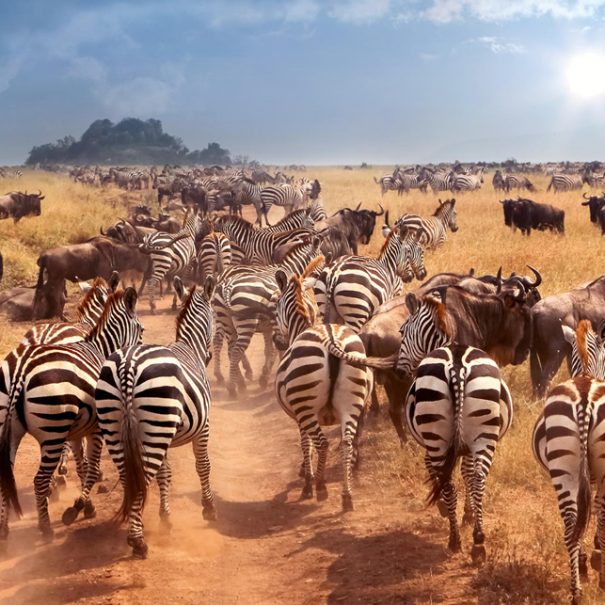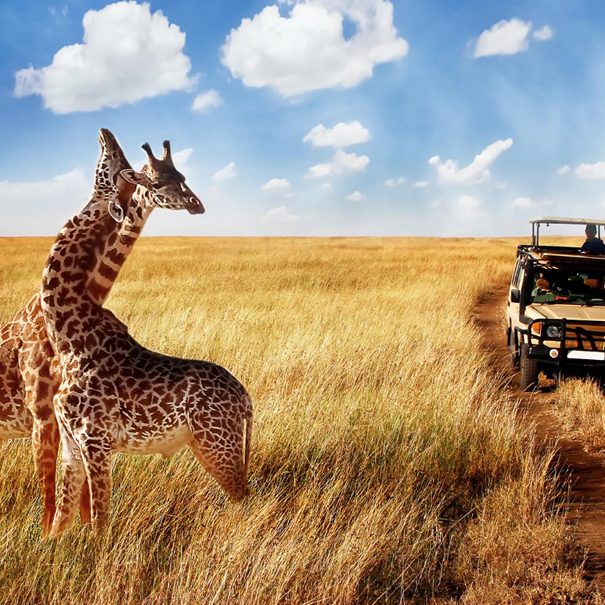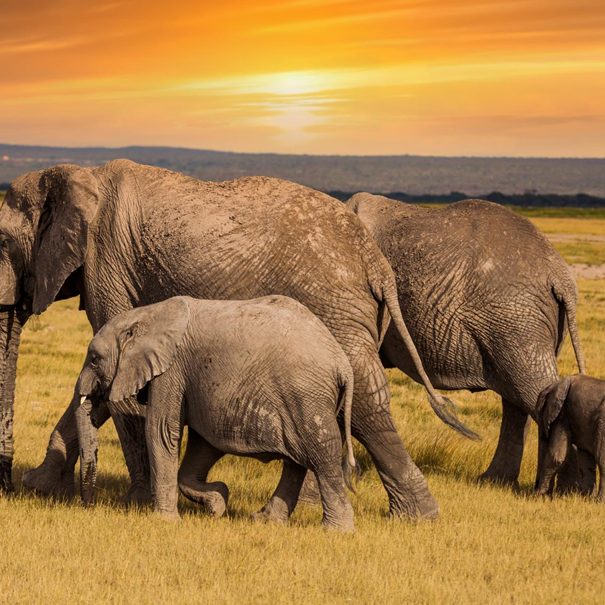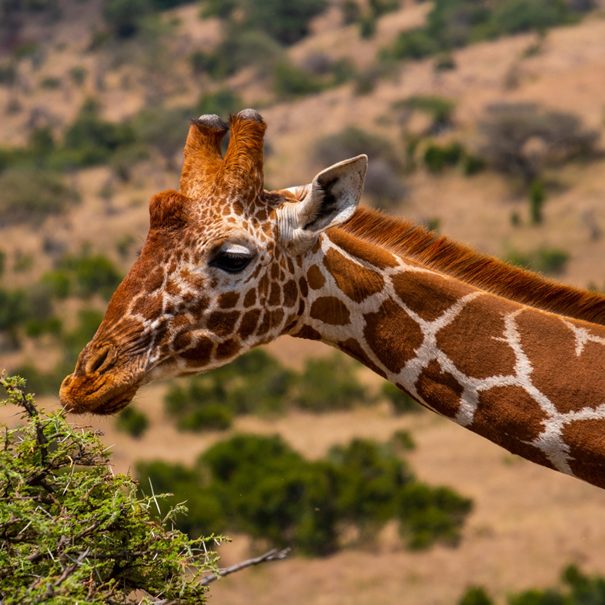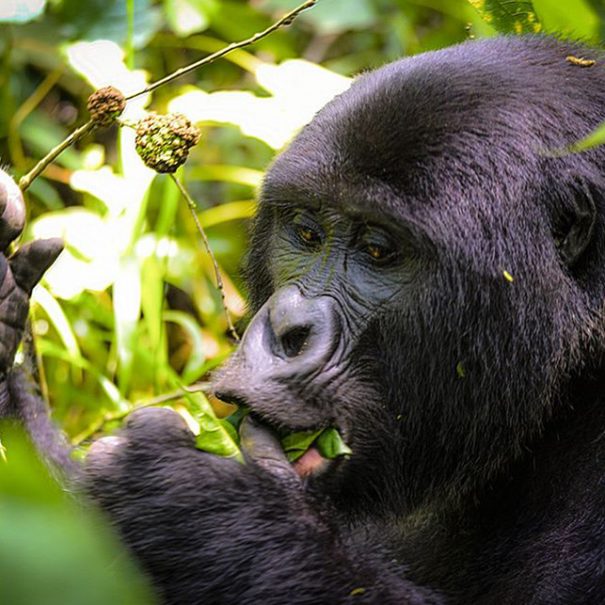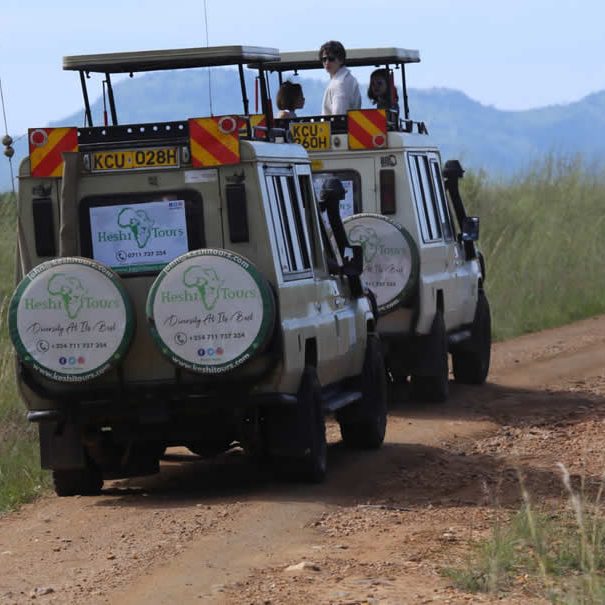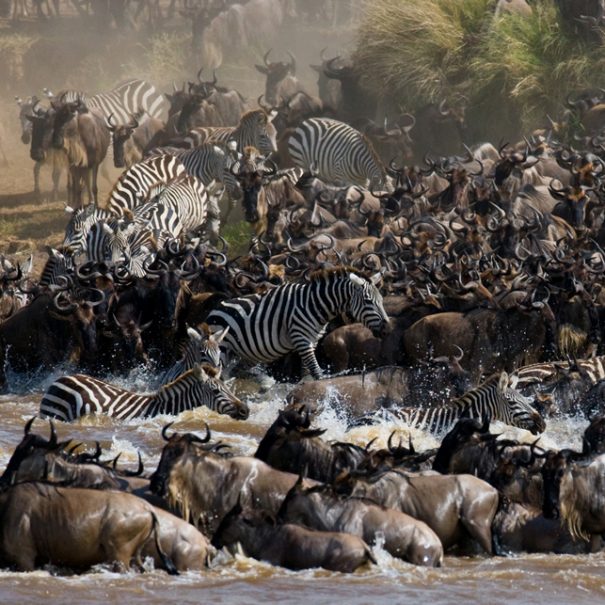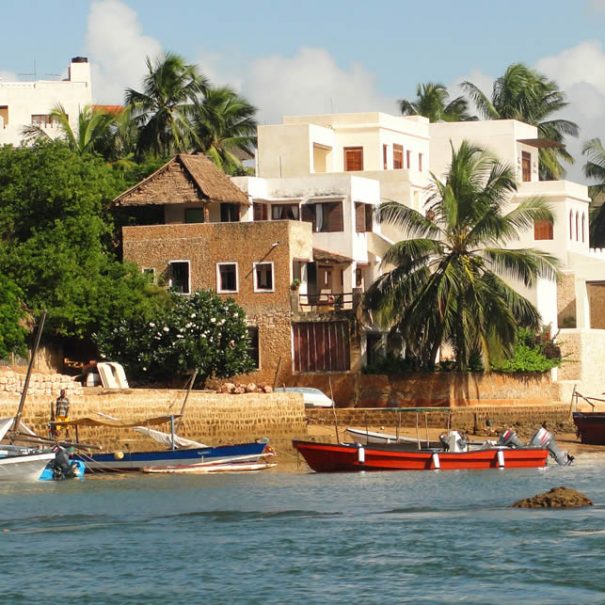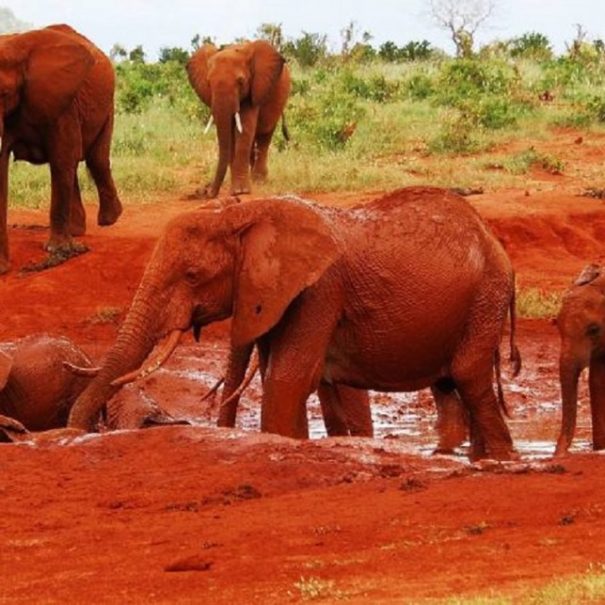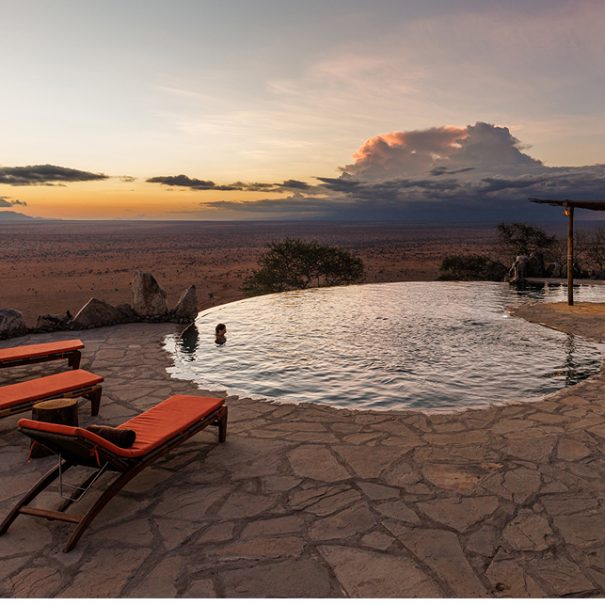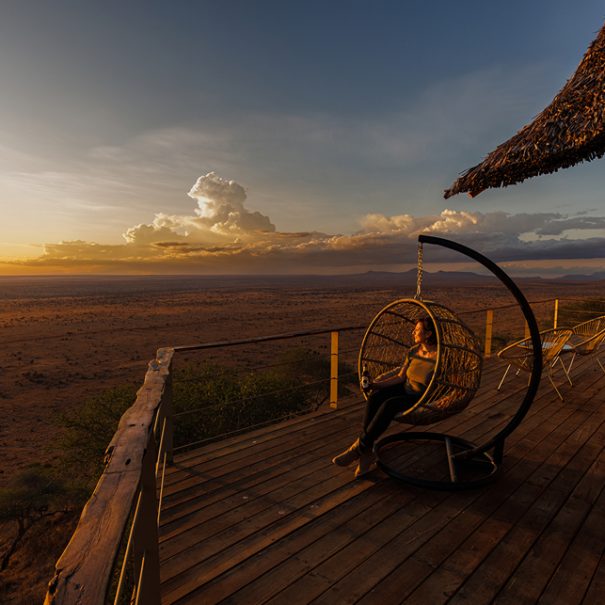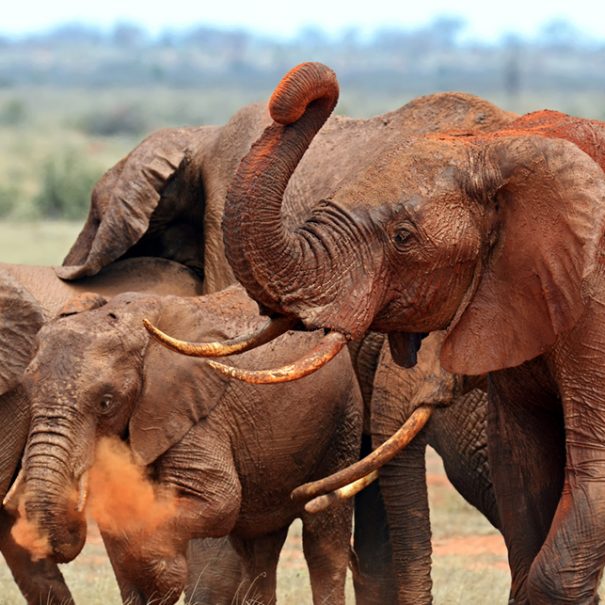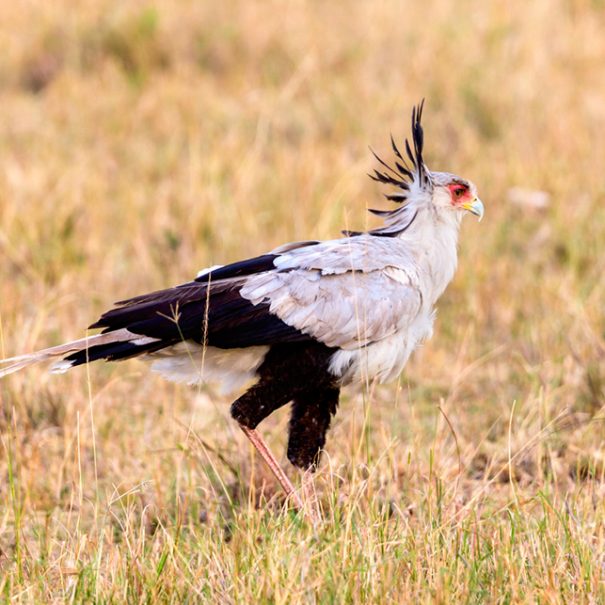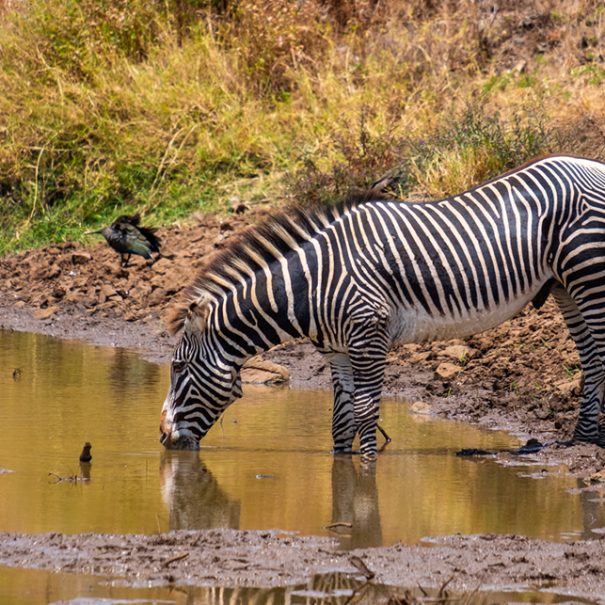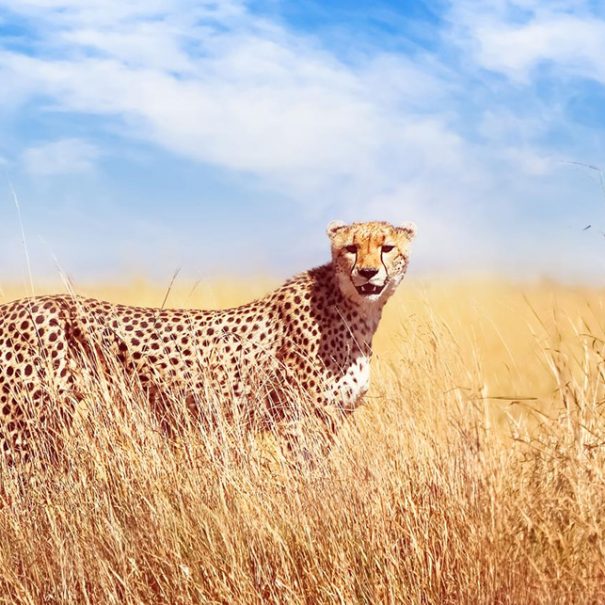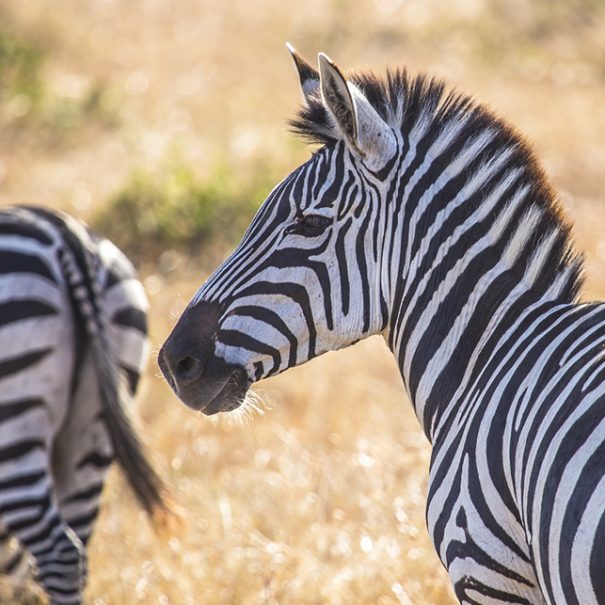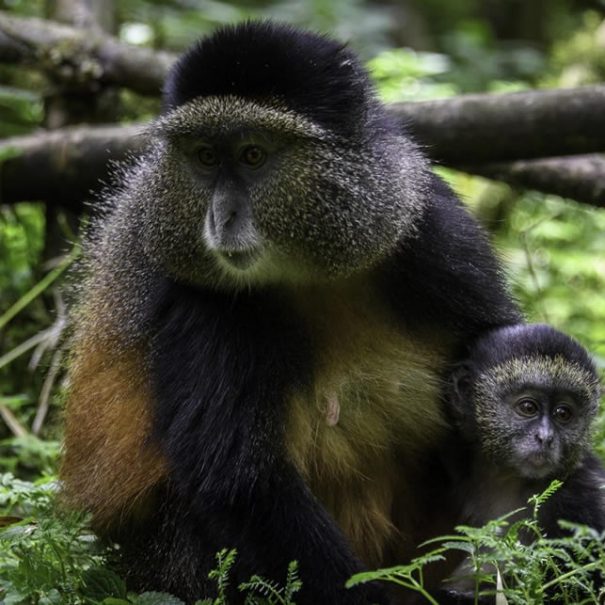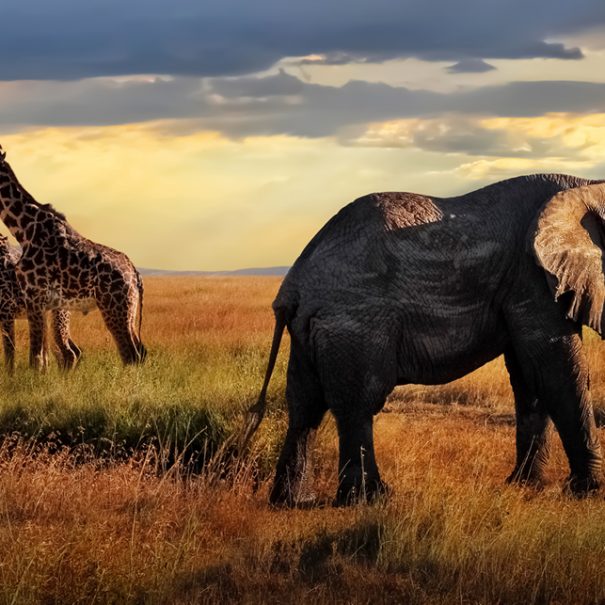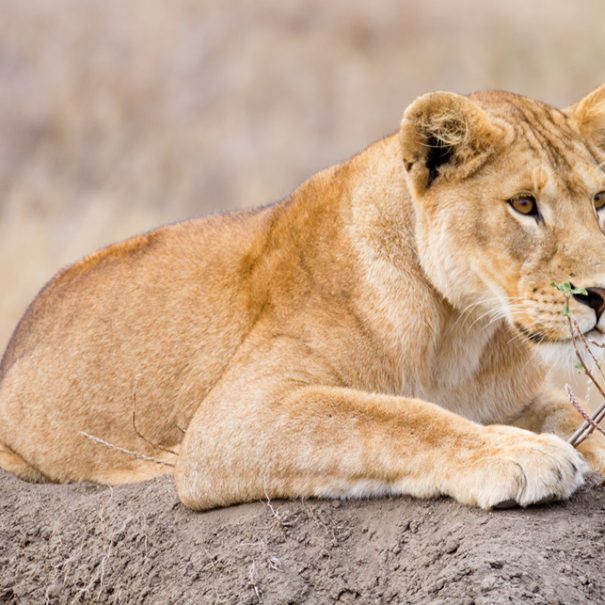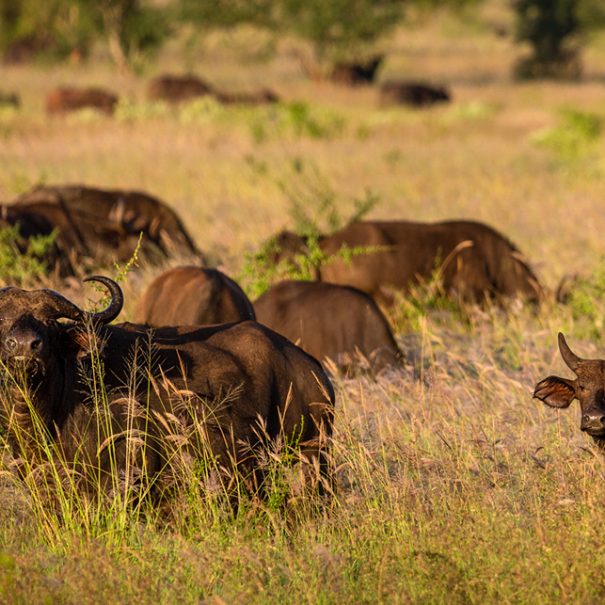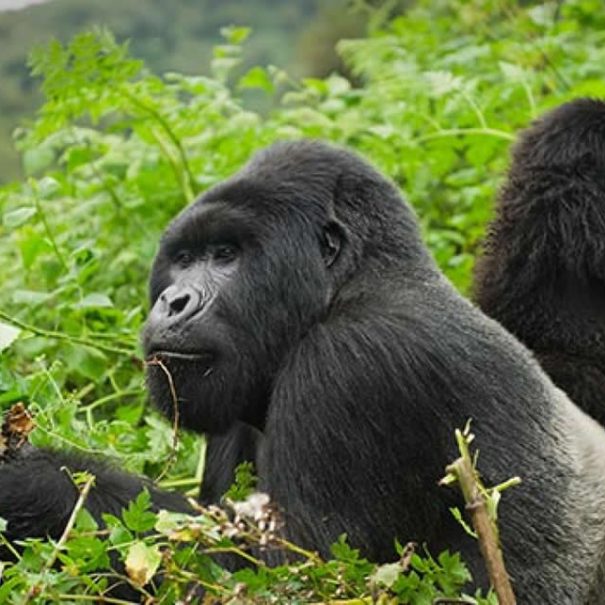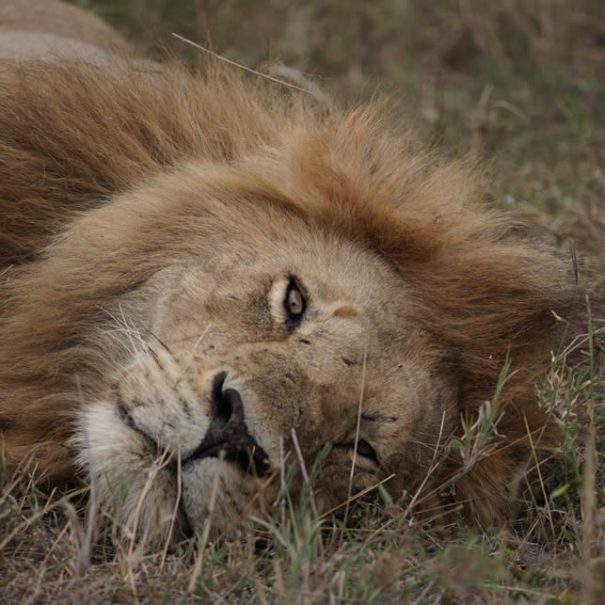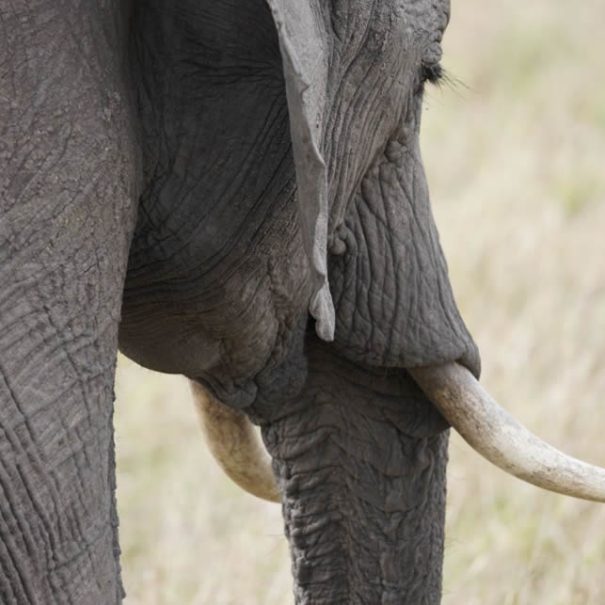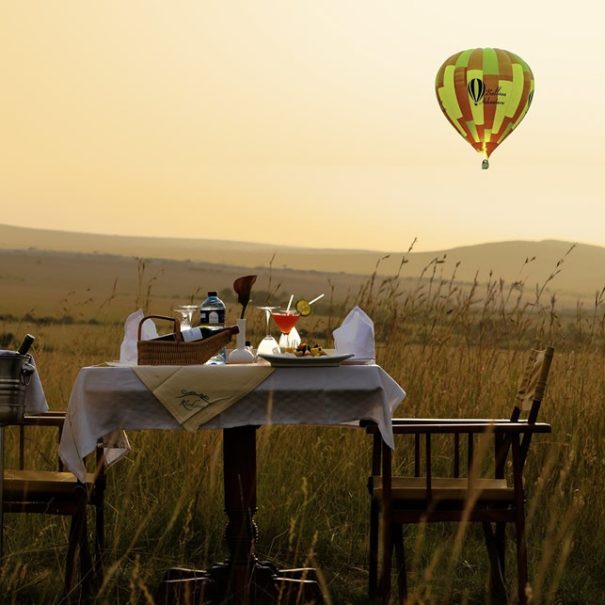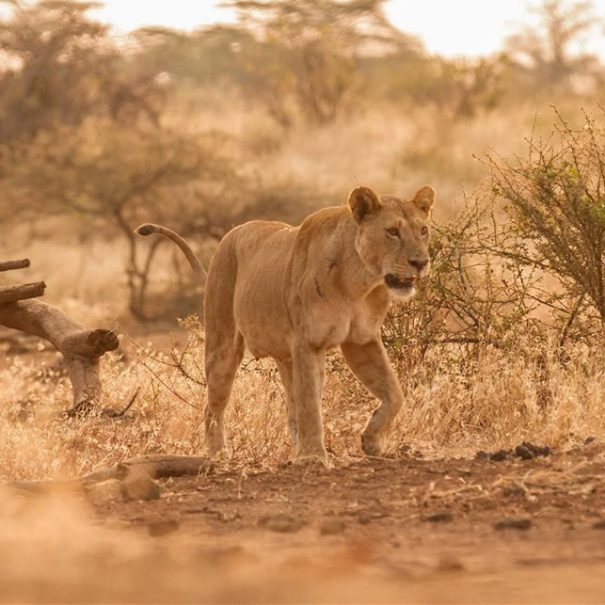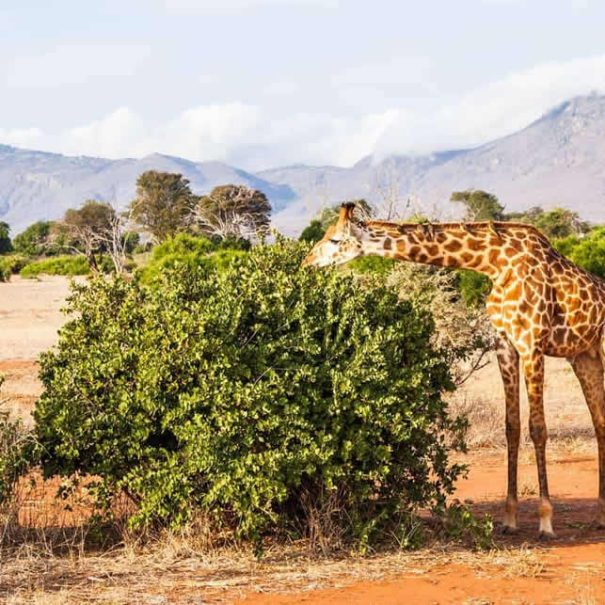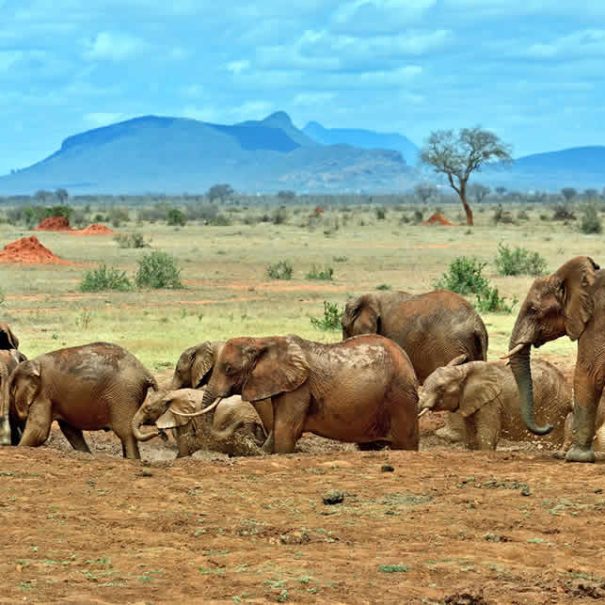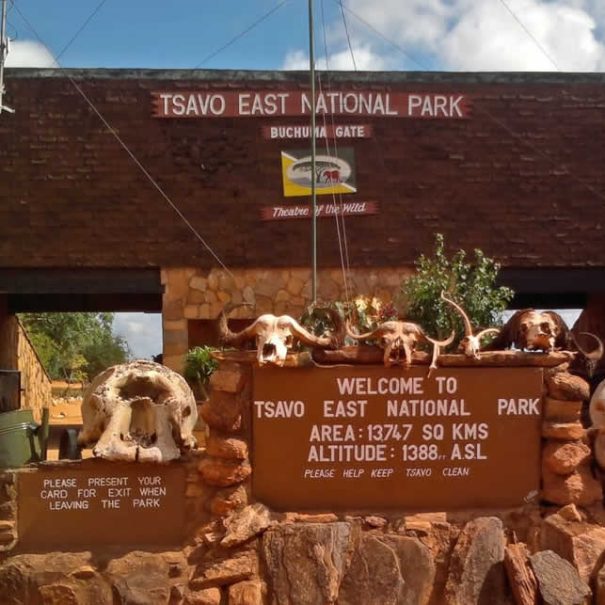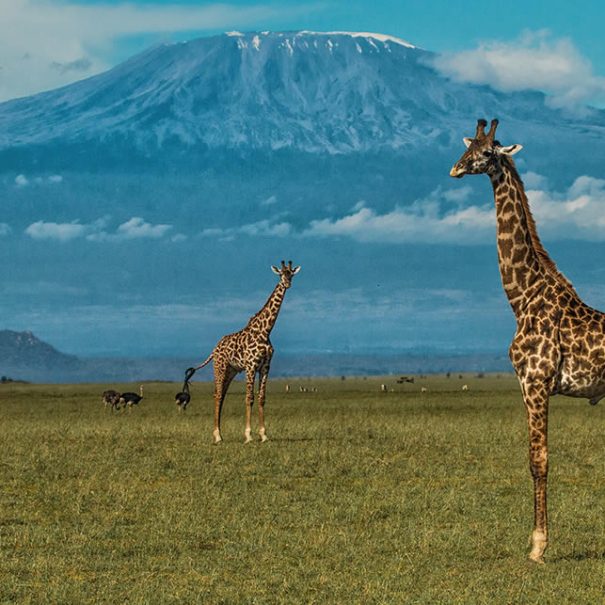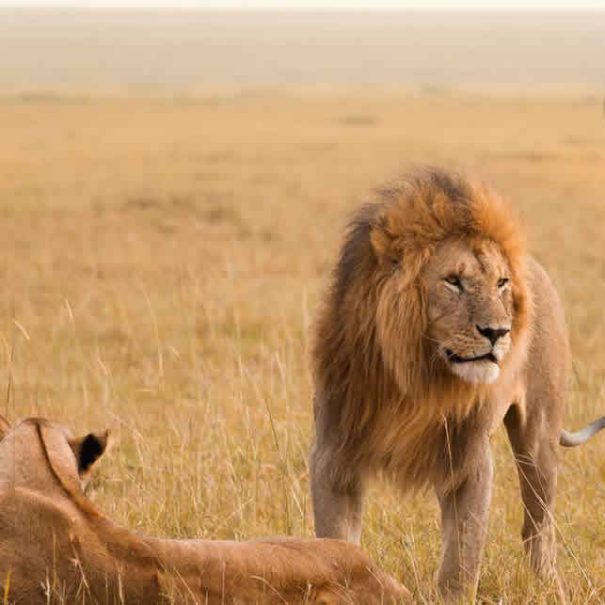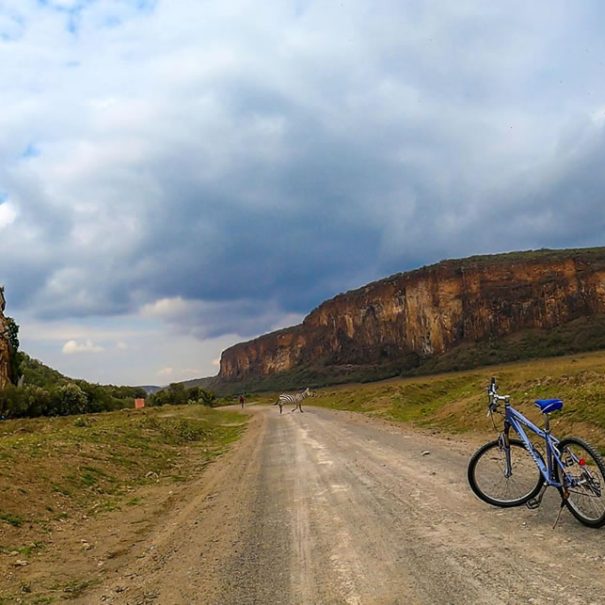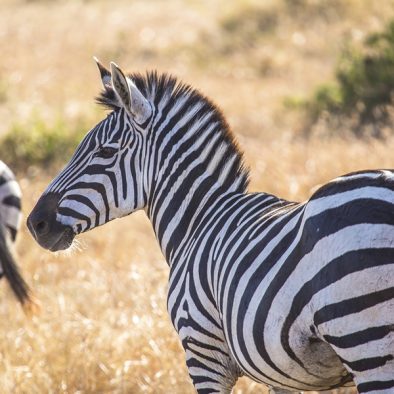The Masai Mara National Reserve, nestled in the heart of Kenya, is a place of unparalleled natural beauty and a haven for wildlife enthusiasts and photographers alike. With its sprawling savannas, lush grasslands, and diverse ecosystem, this iconic reserve plays host to a stunning array of African wildlife, including the Big Five and the breathtaking annual wildebeest migration. It’s a place where nature unfolds in all its glory, and where every turn of the horizon offers a new photographic opportunity. In this article, we delve into the captivating world of Masai Mara photography safaris, exploring not only the practicalities of planning such an adventure but also the ethical considerations that come with capturing the wild.
Planning Your Masai Mara Photography Safari
Choosing the Right Time to Visit
The Great Migration: One of the most awe-inspiring natural spectacles on Earth, the Great Migration sees millions of wildebeests, zebras, and other herbivores embark on a treacherous journey from Tanzania’s Serengeti to Kenya’s Masai Mara in search of greener pastures. To capture this incredible event, timing is critical. Generally, the best time to witness the Great Migration in Masai Mara is from July to October when the herds are in the area. Research migration patterns and stay updated on their movements to maximize your chances of witnessing this epic event firsthand.
Weather Considerations: The Masai Mara experiences distinct wet and dry seasons, each offering unique photographic opportunities. While the dry season (from June to October) provides clearer skies and easier wildlife spotting due to sparse vegetation, the wet season (November to May) paints the landscape lush green and offers the chance to capture dramatic rain-soaked scenes. Depending on your photographic preferences, decide which season aligns best with your goals.
Selecting a Reputable Safari Operator:
Choosing the right safari operator is crucial for a successful photography expedition in Masai Mara. Look for operators with a proven track record in wildlife photography safaris. Read reviews, ask for recommendations, and ensure they prioritize responsible wildlife viewing practices and conservation. Experienced guides who understand the nuances of photography and wildlife behavior can greatly enhance your experience.
Equipment Essentials
Cameras and Lenses: Invest in a DSLR or mirrorless camera with a fast and versatile lens. A telephoto lens (e.g., 70-200mm or 100-400mm) is essential for capturing distant wildlife, while a wide-angle lens can help capture sweeping landscapes. Consider carrying a backup camera body in case of equipment failure.
Tripods and Stabilization: A sturdy tripod is invaluable for capturing sharp images, especially during low-light conditions or when using heavy telephoto lenses. Additionally, consider a gimbal head or bean bag for stabilizing your camera when photographing wildlife from a vehicle.
Accessories (Batteries, Memory Cards, etc.): Bring extra batteries, memory cards with ample storage, and a high-quality camera bag to keep your gear protected and organized. Cleaning kits for lenses and a rain cover for your camera are also essential, given the unpredictable weather.
Obtaining Necessary Permits and Passes:
Ensure you have all the required permits and passes for both Masai Mara National Reserve and any adjacent conservancies or parks you plan to visit. These permits may include park entrance fees, conservation fees, and special photography permits. Make advance bookings to secure your spot, especially during peak tourist seasons. Understanding and adhering to the park regulations is essential for a smooth and legal photography safari experience.
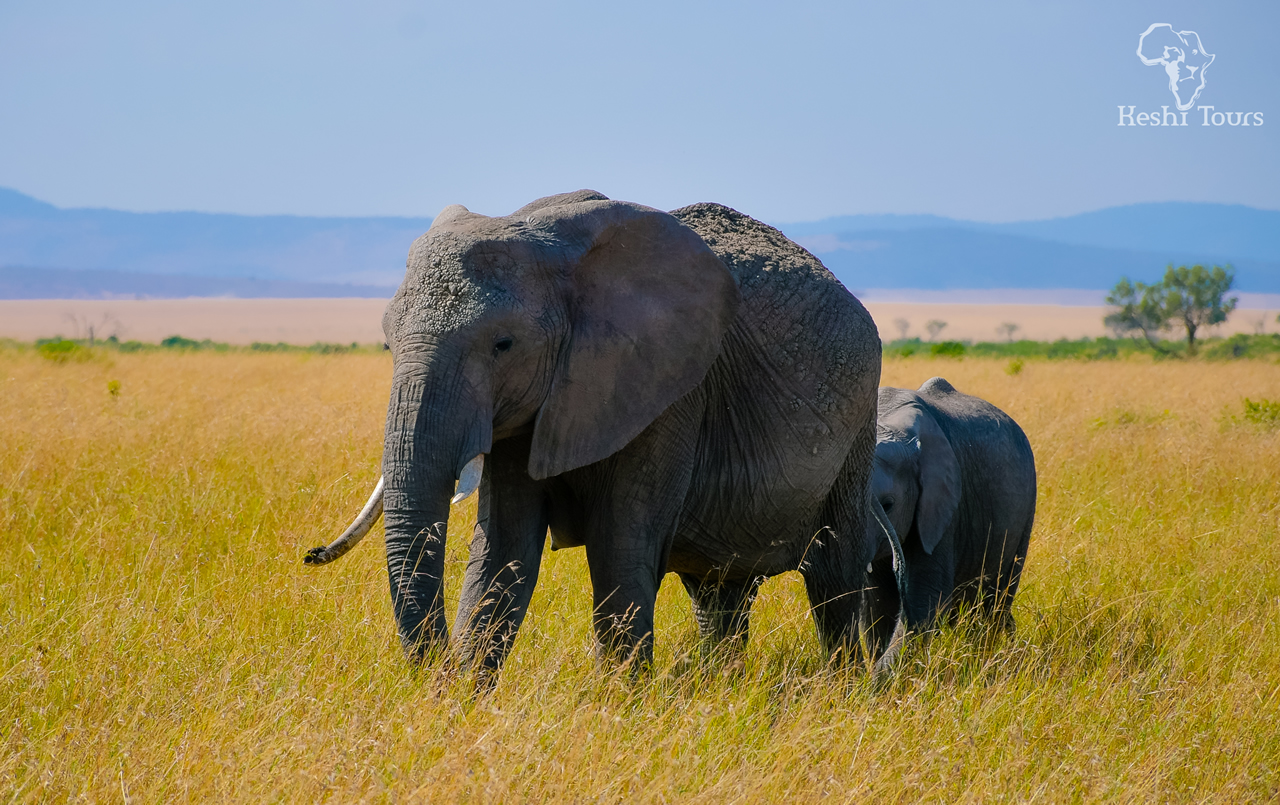
Understanding Wildlife Behavior
Researching Local Fauna: Before embarking on a Masai Mara photography safari, it’s essential to familiarize yourself with the diverse wildlife species that call this region home. Research the various animals you hope to photograph, including their physical characteristics, behaviors, and habitats. Understanding the unique features of each species will help you anticipate their movements and capture compelling shots.
Understanding Animal Habits and Migration Patterns: Wildlife behavior can vary greatly depending on the time of day, season, and environmental conditions. Study the habits of the animals you want to photograph, such as hunting and feeding patterns, social interactions, and mating rituals. Additionally, if your visit coincides with the Great Migration, delve into the migration patterns of wildebeests, zebras, and other herbivores. Knowledge of these patterns will enable you to position yourself strategically for remarkable wildlife encounters.
Identifying Optimal Shooting Locations: Masai Mara is renowned for its rich wildlife density, but certain areas within the reserve offer more promising opportunities for wildlife photography. Research and inquire about the most productive game viewing areas within the reserve, which may vary depending on the time of year. Areas like the Mara Triangle, Talek River, and Musiara Marsh are known hotspots for wildlife sightings.
While wildlife photography takes center stage, don’t overlook the breathtaking landscapes that surround you in the Masai Mara. Plan to visit key vantage points and scenic locations where you can capture the sweeping vistas, dramatic sunsets, and vibrant colors of the African wilderness. Be prepared to adapt your shooting locations based on the weather and lighting conditions to make the most of your landscape photography.
Composition and Techniques for Wildlife Photography
A. The Rule of Thirds and Other Composition Rules:
Composition is a fundamental aspect of wildlife photography. The Rule of Thirds, where you divide the frame into thirds both horizontally and vertically and place your subject on the intersecting lines or points, is a classic guideline for creating visually pleasing and balanced shots. Additionally, techniques such as leading lines, framing, and filling the frame with your subject can enhance the impact of your wildlife photographs.
B. Controlling Exposure:
- Aperture, Shutter Speed, ISO
Mastering exposure settings is crucial. Use a wide aperture (low f-number) to achieve a shallow depth of field, isolating your subject from the background and creating beautiful bokeh. Adjust shutter speed to freeze fast movements or create intentional motion blur. Control ISO to balance exposure in varying light conditions while minimizing noise.
2. Dealing with Challenging Lighting:
Wildlife photographers often face challenging lighting situations, such as harsh midday sun or low light at dawn and dusk. Techniques like exposure compensation, using fill flash, and utilizing natural diffusers like foliage or clouds can help mitigate these challenges.
C. Capturing Movement and Action
Wildlife is dynamic, so capturing movement and action is a key aspect of wildlife photography. Use a fast shutter speed to freeze action, especially when photographing fast-moving subjects like birds in flight. Experiment with panning to convey a sense of motion. Burst mode can be helpful for capturing a series of shots to select the perfect moment.
D. Using Telephoto Lenses for Wildlife
Telephoto lenses are essential for wildlife photography, allowing you to capture distant subjects while maintaining a safe and respectful distance. Lenses in the range of 300mm to 600mm are common choices. Invest in quality lenses with image stabilization to minimize camera shake, especially when shooting handheld.
Why Choose Keshi Tours for Your Photography Safari?
When it comes to selecting the ideal partner for your photography safari in the Masai Mara, Keshi Tours stands out as a top choice. With a rich history of expertise and experience in organizing safaris, Keshi Tours brings decades of knowledge to the table, ensuring that every moment of your adventure is carefully curated for the best photographic opportunities. What truly sets them apart is their unwavering commitment to responsible tourism and conservation. Keshi Tours not only respects the delicate balance of the ecosystem but actively contributes to its preservation. Their team of expert guides, deeply rooted in the local culture and landscape, provides invaluable insights into wildlife behavior and movement patterns. With Keshi Tours, you not only capture remarkable images but also contribute to the greater goal of sustaining the Masai Mara’s extraordinary biodiversity for generations to come.



